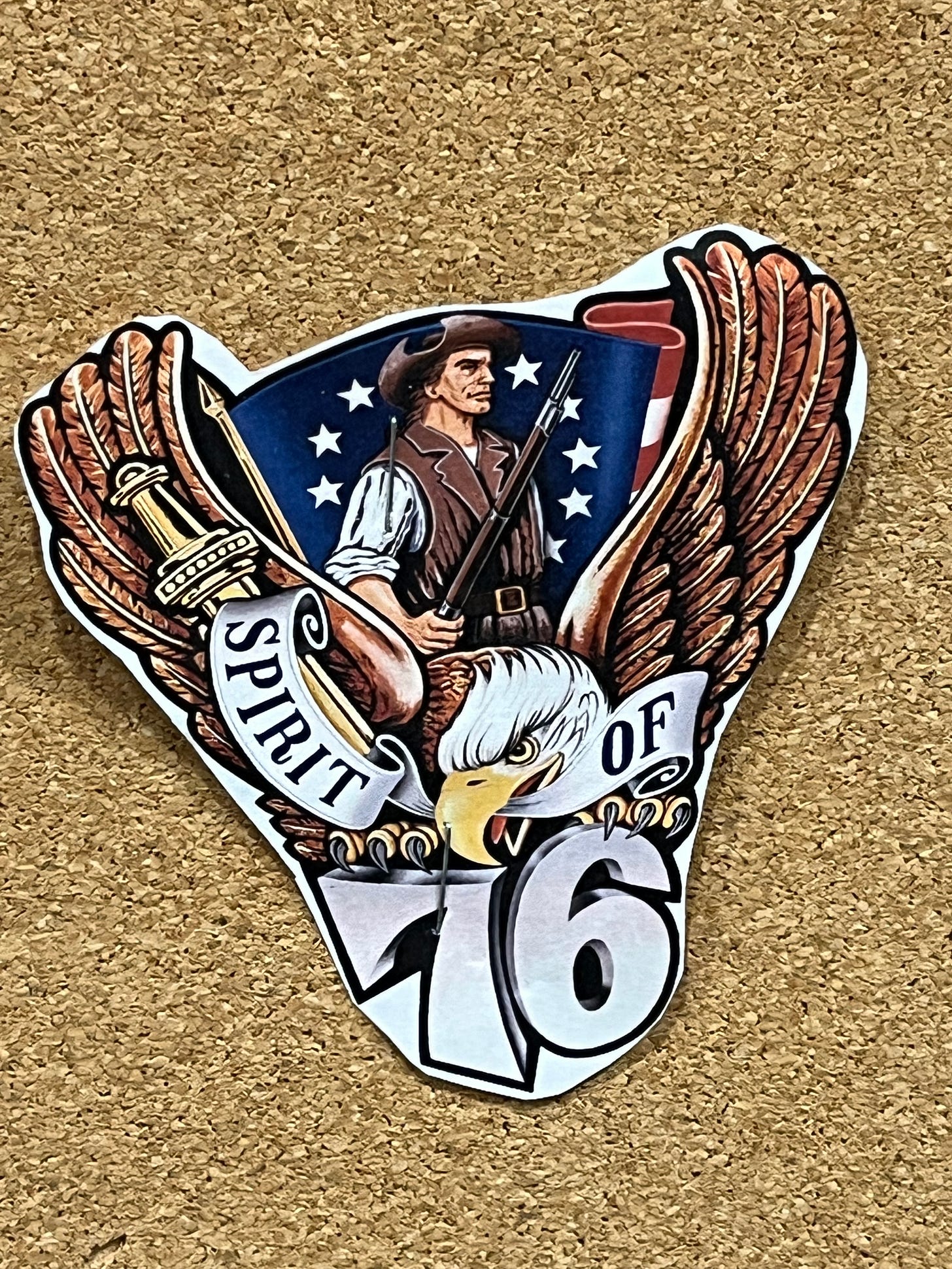The Class of 2028
Marching Back with the West Point Class of 2028
March Back. Few words hold as much meaning to New Cadets, as incoming freshmen are known during Cadet Basic Training (CBT) at the United States Military Academy at West Point. The March Back, a 12-mile foot march from the West Point training area (aka the woods) back to the main academy grounds, is the culminating event for New Cadets. Although they will technically continue to be called New Cadets until Acceptance Day on August 17, when they are officially welcomed into the Corps of Cadets (the Corps), March Back is the final act of basic training.
As New Cadets walk back to the Academy, they will pass through sidewalks filled with Academy faculty and staff, and filled with the families of New Cadets, who have not seen their children in the six weeks (or more) since they dropped them off on July 1, for Reception Day (or R-Day). After weeks after being physically, mentally, and emotionally challenged, New Cadets will get inundated with applause and commendations. Yes, their feet will still hurt and they’ll still be carrying heavy rucksacks, but there will be an overwhelming sense of belonging.
Part of that sense of belonging comes from the fact that they will walk the March Back alongside of a couple of hundred graduates of West Point (old grads) from classes going back decades. The Class of 2028 marches this year with old grads from as far back as the class of 1962, including dozens of graduates from the class of 1978, the 50 year affiliation class. These alumni form a physical manifestation of the Long Gray Line, as West Point alumni are known, both sharing in the final act of Beast (the informal though widely used descriptor for CBT) and welcoming New Cadets to the Corps.
Source: Author’s photo.
I’ve walked as an alumni in the March Back since 2017, which was my 10-year reunion year for West Point. The experience always inspires me at multiple levels. First, the New Cadets themselves.
Approximately 1,246 people reported to West Point in July to start Beast as part of the Class of 2028. This included 1,230 American citizens and then 16 citizens from allied and partner nations, including Cameroon, Ghana, Germany, Indonesia, Jordan, Kenya, Mongolia, Pakistan, Philippines, Poland, Senegal, Singapore, Thailand, The Republic of Korea, and Tunisia. The New Cadets come from all across America—for most, part of the admissions process involves receiving a nomination from one or more of their state’s Congressional delegation, making classes geographically representative of the country—and walking with them is a powerful reminder of how much patriotism, energy, character, and resolve our nation possesses. It’s exciting to get a glimpse into the incredible stories and experiences they have already had in their short time in the Army and to have a sense for some of what lies ahead for them.
The old grads are also inspiring. There is the physical aspect—one of the first march backs I did, which involve multiple fairly steep hills, a graduate from the 1950s fell hard and yet got right up and proceeded to finish the full march. But more meaningfully, walking with graduates from so many classes brings home the intimate connection between the Army and the nation writ large. With this year, we have old grads whose service started with the Vietnam Wars, others who just recently graduated and are looking at deployments to Eastern Europe, Asia, and the Middle East, and everything in between.
The past sixty years of American history walks today and while the conversations are overwhelmingly about our times at West Point or as junior officers—while New Cadets are more than capable of talking about geopolitics and strategy, during the march back, they’re more interested in hearing about West Point life—the history nonetheless comes out. References to various weapons and platforms—the UH-1 (Huey), AH-60 (Apache), and Predators (drones), for example—all give a sense for conflicts we were fighting in years past versus those we face today.
The class mottos and crests also tells this history. My class—Class of 2007—has as its motto, “Always Remember, Never Surrender”, and our crest centers the Twin Towers and the Pentagon. 9/11 forever changed our lives as individuals, as a class, and as a nation, and everything associated with my class tells at least part of this story.
Similarly, one of the inspirations for Army 250 is the class crest and motto for the West Point Class of 1976. Graduating on the bicentennial, they chose the motto, “The Spirit of ‘76” and put a minuteman at the center of their crest. A couple of years ago, when the Class of 1976 was the 50 year affiliation class for the March Back, I noticed their crest and motto and immediately felt the connection the class and a time in America’s history when the nation sought to recapture the sense of possibility and hope that had been challenged during the tumult of the late 1960s and early 1970s.
Source: Author’s photo.
2026 is a year much like 1976, when there is unusual possibility for Americans to consider our history, present, and future together as we observe the nation’s 250th. That story story, though, can start in 2025 with Army 250.
Additional Resources:
For more information on the West Point old grad march back, check out the Association of Graduates (AOG).
Be Part of Army 250
If you’d like to write a newsletter post, share an educational resource about the Army, or lift up an opportunity for people to connect with the Army (e.g., an event, story, etc.), please contact Dan (dan@army250.us).




